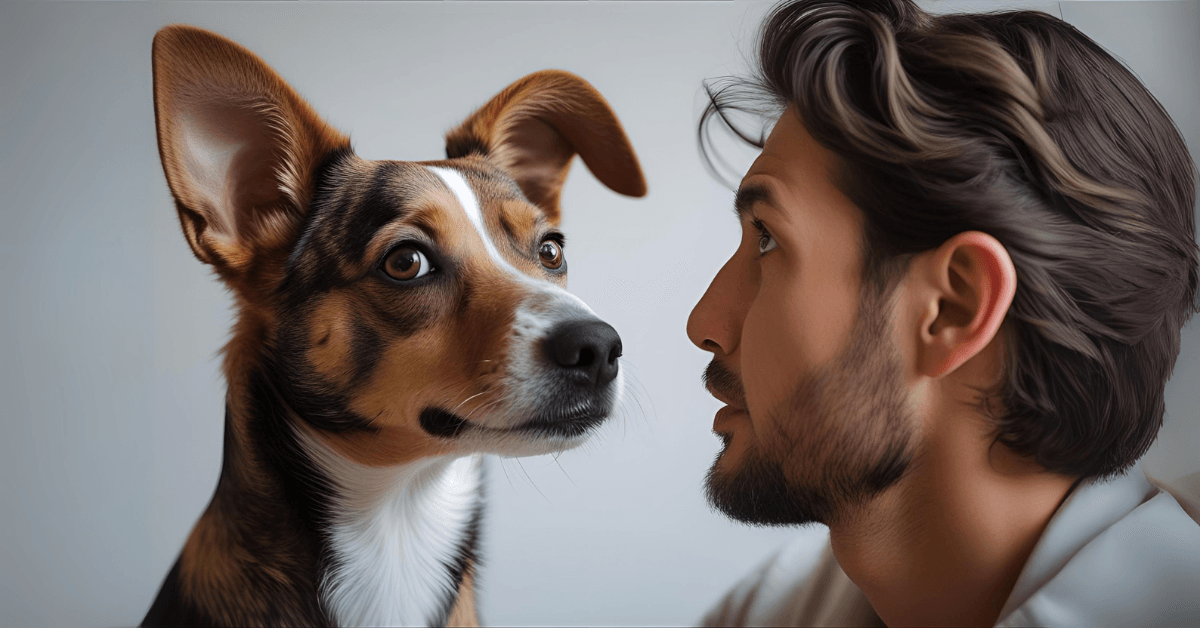What Your Dog’s Body Language Is Trying to Tell You

🐶 Why Body Language Matters
Your dog is “talking” to you all the time — just not in human language.
From wagging tails to sideways glances, your dog uses subtle physical signals to express:
Happiness 🐾
Stress 😟
Curiosity 🤔
Fear 😨
Excitement 🎉
Confusion 😕
… and much more.
Understanding your dog’s body language helps you respond better, deepen trust, and prevent unwanted behavior — before it even starts.
👀 The Top Body Signals to Know
1. Tail Position & Movement
Wagging high and fast: Alert or overstimulated (not always happy!)
Loose, medium wag: Relaxed and content ✅
Tail tucked between legs: Fear or anxiety 😨
2. Ears
Forward and alert: Focused on something — possibly excited or threatened
Flat or pinned back: Fear, submission, or stress
Relaxed position: Calm and neutral
3. Eyes
Soft gaze or squinting: Trust and affection 💛
Whale eye (showing whites): Nervous or uncomfortable 👀
Direct, hard stare: Warning or challenge – time to redirect gently
4. Mouth
Open with relaxed tongue: Happy and chill 🐶
Lips pulled back / excessive panting: Nervous or hot
Snarling / showing teeth: Fear or aggression warning — give space
5. Posture
Loose, wiggly body: Comfortable and playful 🐾
Stiff, frozen: High alert or fear response ⚠️
Cowering or backing away: Feeling unsafe
💡 Quick Tips to React the Right Way
Stay calm when your dog shows stress signals — don’t punish them.
Use a soothing voice and gentle body language.
Give space if your dog looks anxious or uncomfortable.
Reward calm behavior instead of reacting to unwanted actions.
Learn their patterns — each dog has their own “language.”
❤️ Listen More, Correct Less
The best-behaved dogs are often the most understood. When your dog knows you’re listening to their cues, they feel safer — and that safety leads to trust, joy, and better behavior.
Want to connect w🎁ith your dog on a deeper level?
Grab your FREE copy of
“The 10-Minute Dog Parent Guide: 5 Secrets to Boost Health & Bond Naturally”
[Click Here to Download Now]
© 2025 The Barking Pup. All Rights Reserved.